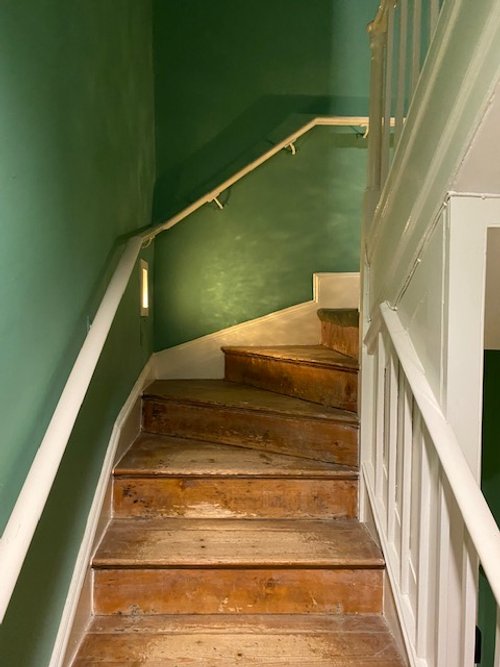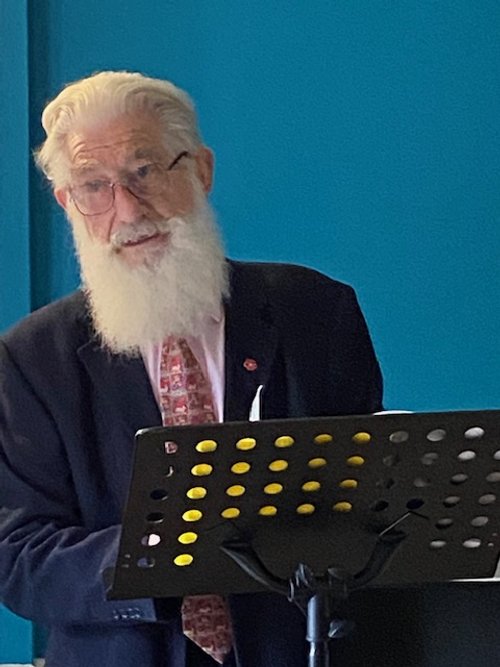Dickens’ birthplace
Portsmouth- the Great Waterfront City- is found on England’s south coast and is well known for its maritime heritage and Historic Dockyard. The dockyard is home to the National Museum of the Royal Navy, the HMS Victory, where Nelson died in the Battle of Trafalgar and other historic ships. The Mary Rose, Henry VIII’s warship, is also conserved in a dockyard museum- a brilliant day out!
Charles John Huffam Dickens was born in Portsmouth on the 7th February, 1812. The house that now stands as his birthplace museum is on Old Commercial Road, but in Dickens’ day, it was called Mile End Terrace. Charles’ father, John Dickens, was hired as a clerk in the Navy Post Office at Portsmouth Dockyard and so in 1809, the newlywed John Dickens brought his young bride, Elizabeth, to Portsmouth. They rented the house at Mile End Terrace
Charles was born in this house in 1812, but the family didn’t live here for long after. His father may have been earning a good salary with the Navy, but John Dickens was not careful with money. With outgoings spiralling, the family moved twice in Portsmouth, first to Hawke Street and then Wish Street, before leaving the city altogether in 1814.
We used the Park and Ride to visit which was very excellent value at £4 for up to 5 people. There was an allocated stop only a short walk from the property. The driver was very helpful and friendly- not always the case on P and R buses! Old Commercial Road is like a tiny slice of the past, captured between modern monstrosities (in my eyes!) and all the more special for this.
These days, you enter the museum via steep steps to the the basement where you find the visitors’ welcome area. This would have been the kitchen with the scullery and pantry on the same level. There are then three narrow, winding stairways up through the house, meaning that accessibility is limited for those with mobility issues. However, it is well worth a visit, not only if you are interested in Dickens, but also to imagine what life must have been like at this time. Decorated in the Regency style favoured by the middle classes of the time, each of the rooms has been carefully recreated.
On the second floor is the main bedroom where Charles Dickens was born whilst opposite this is a room which contains the couch on which Dickens died. Given to the Birthplace by Georgina Hogarth, Dickens’ sister-in-law, this was originally in Gad’s Hill, his home in Kent and is now displayed here with a copy of his death certificate and information explaining the differing versions of his death. Throughout the house, there are some fascinating objects relating to Dickens, including the original rent book for the house showing that his family were often in arrears with their quarterly rent and a lock of Dickens’ hair.
Visiting just before Christmas, we were delighted to be able to listen to readings from ‘A Christmas Carol’ which were taking place regularly throughout the day.
Although Dickens only lived in this house for a short while with the family moving twice first to Hawke Street and then Wish Street before leaving the city altogether in 1814, the Charles Dickens’ Birthplace Museum is well worth a visit. My only complaint would be that there was a very limited range of books about Dickens on offer and that the copies of his works were paperback editions!
Dickens’ Birthplace
393 Old Commercial Rd,
Portsmouth PO1 4QL
You can read about The Dickens Museum at 48, Doughty Street, London here.













